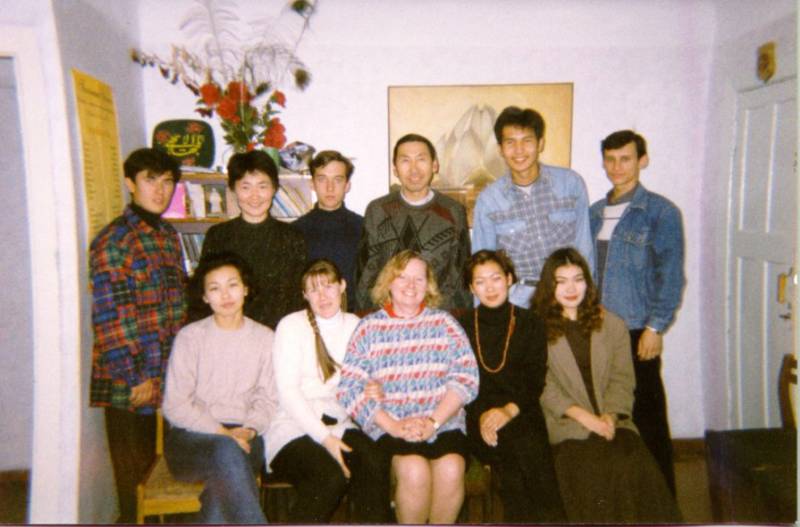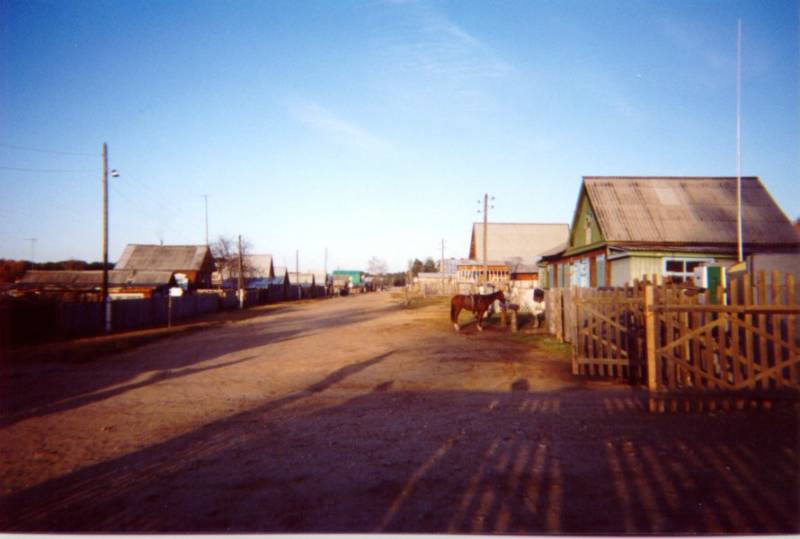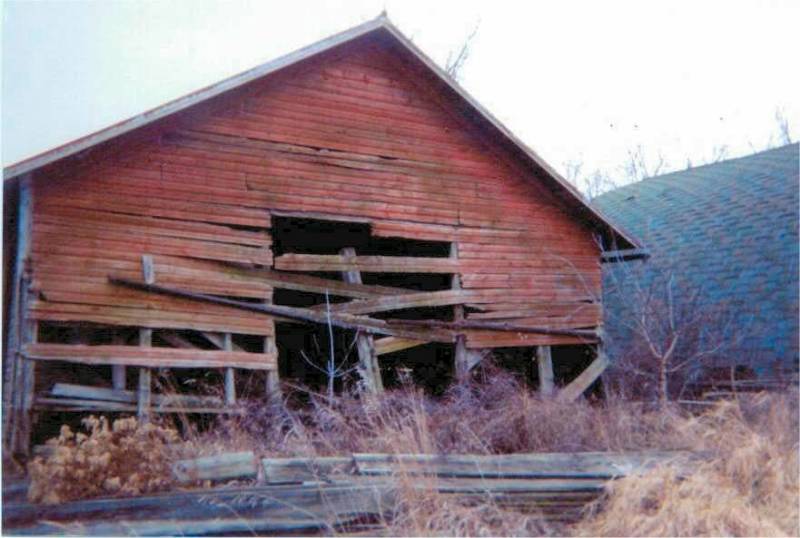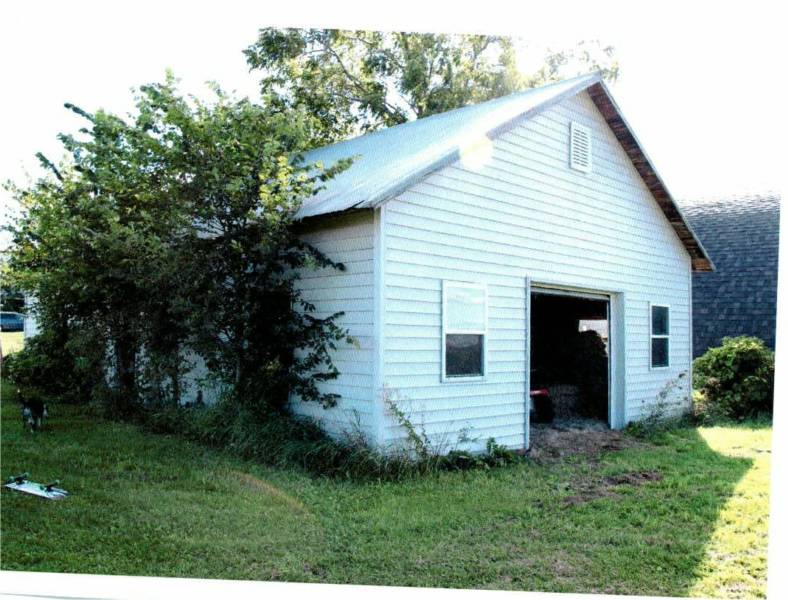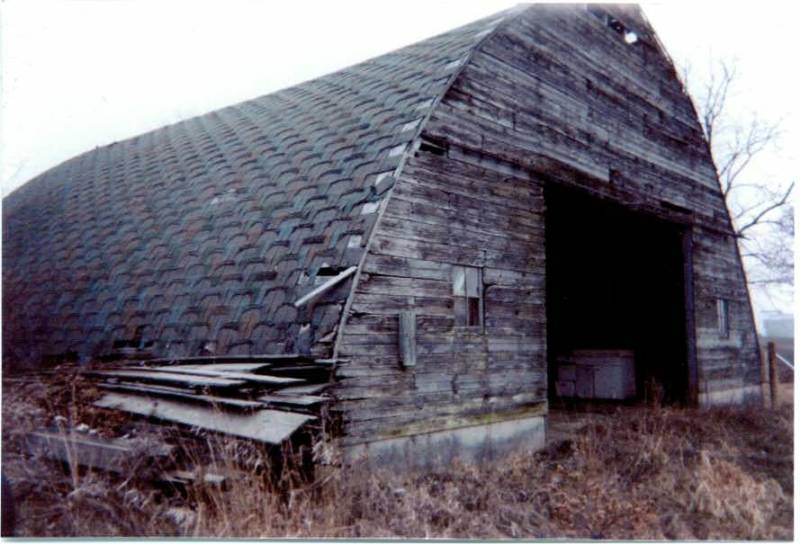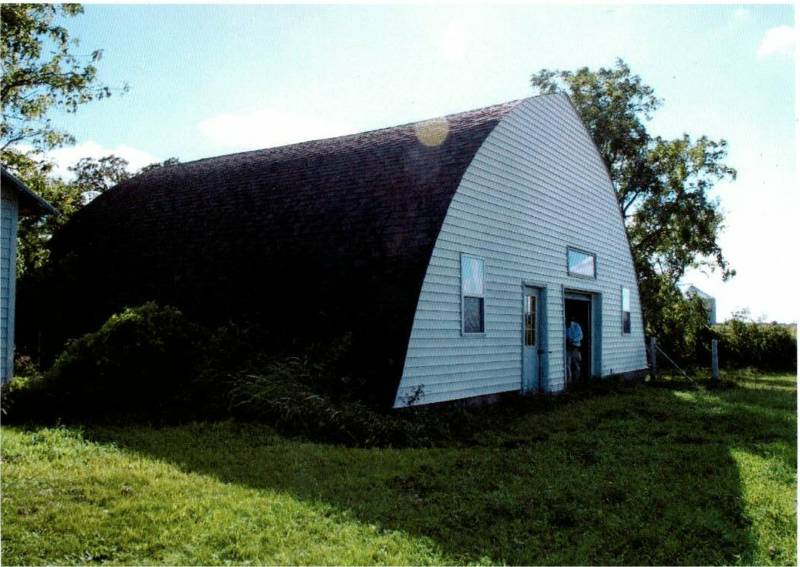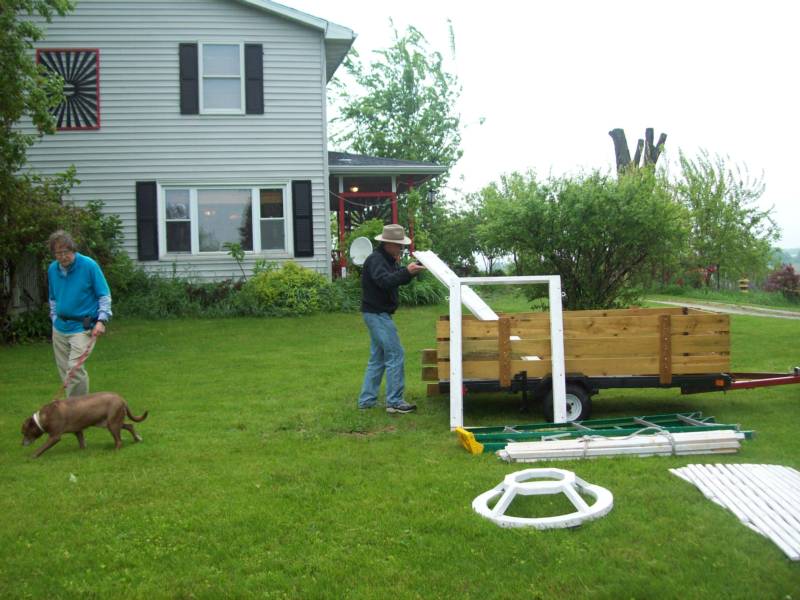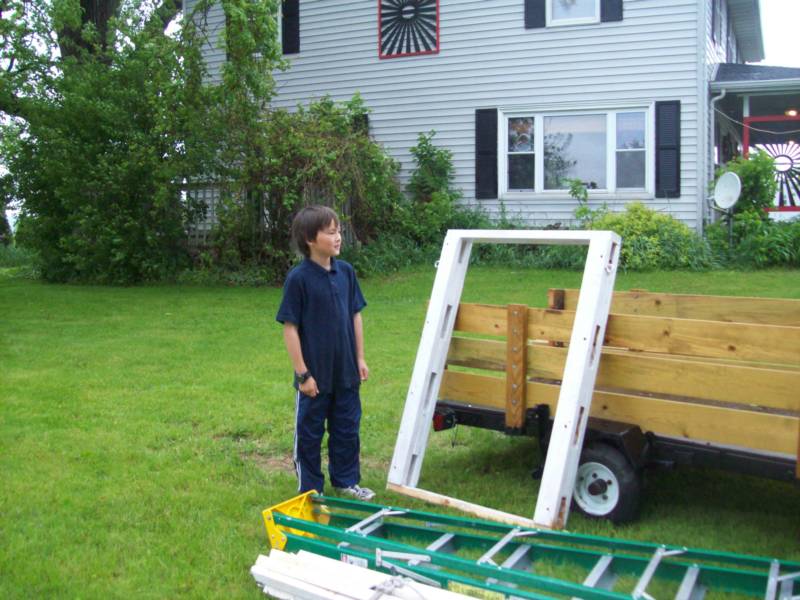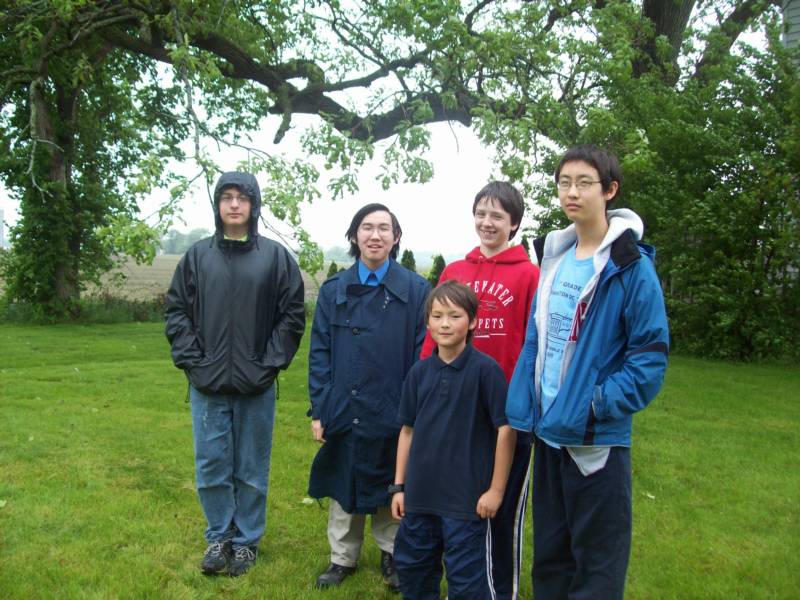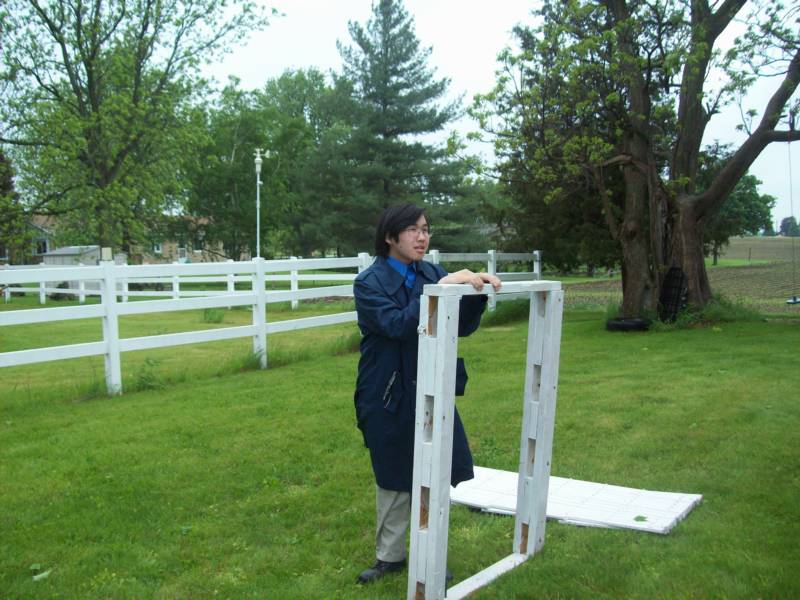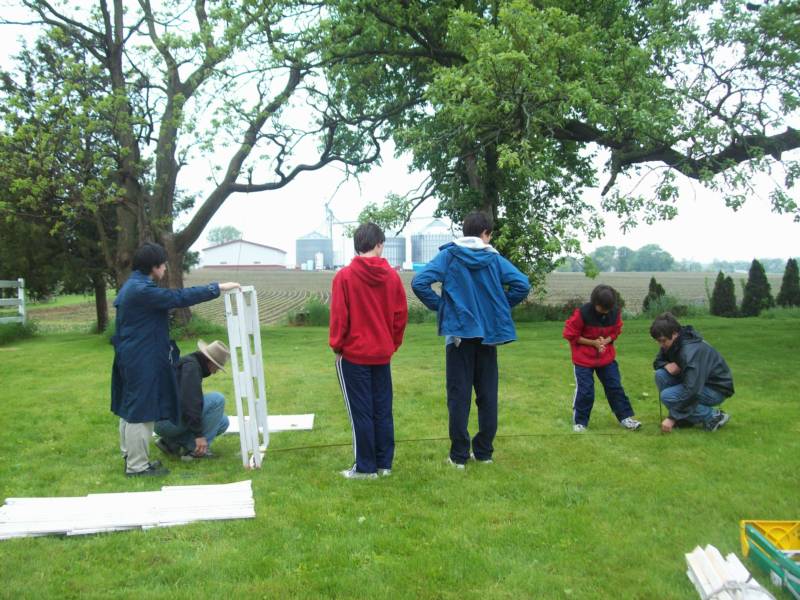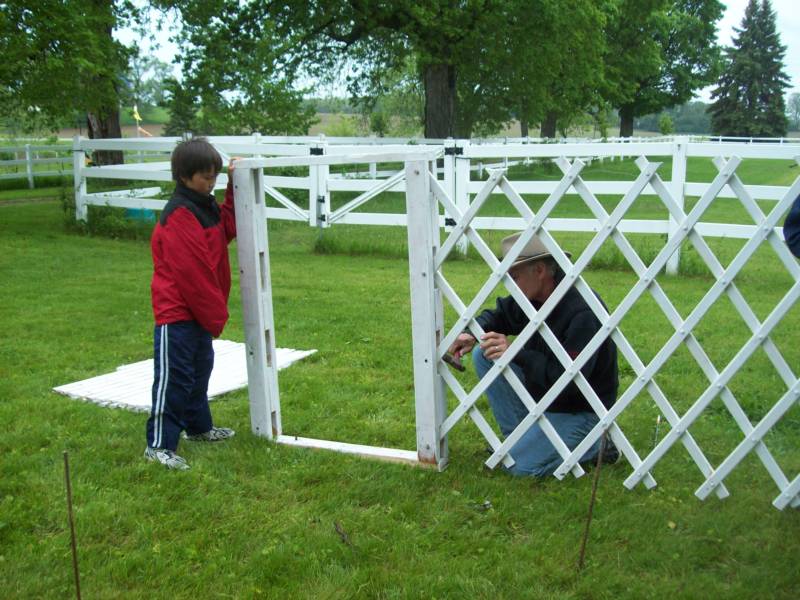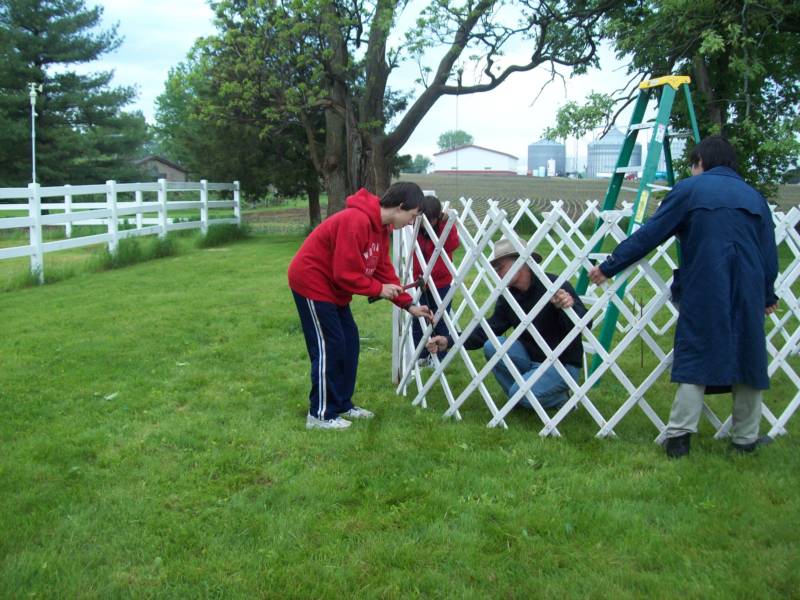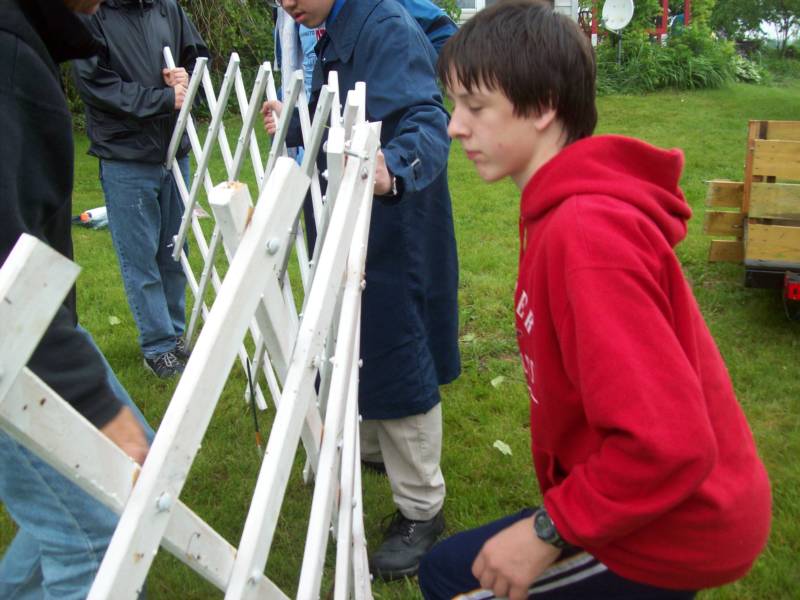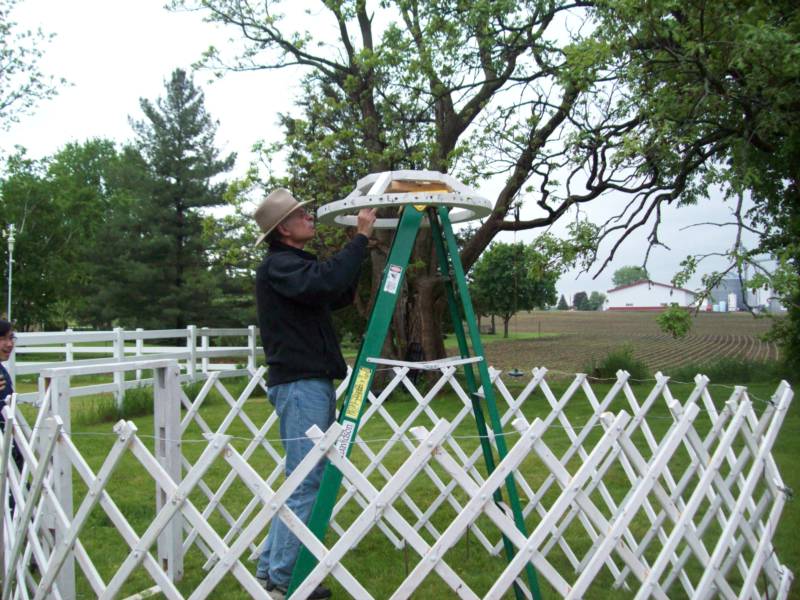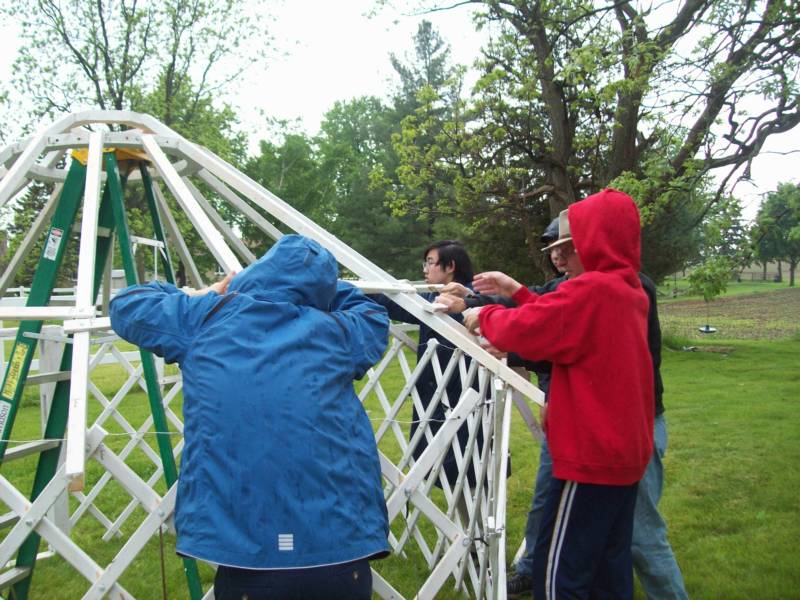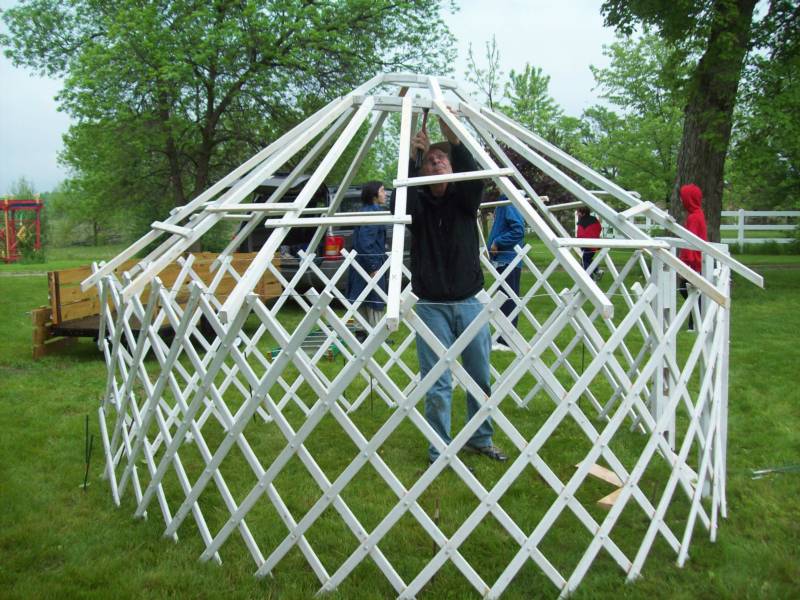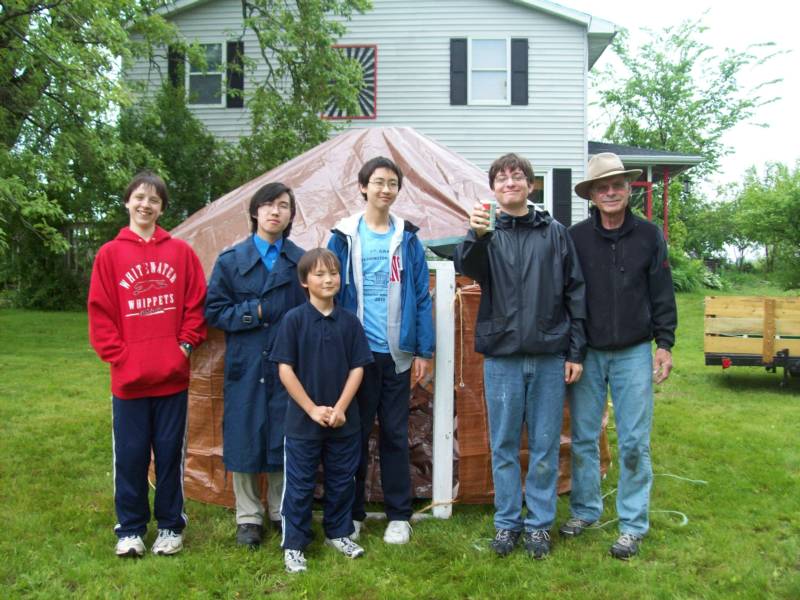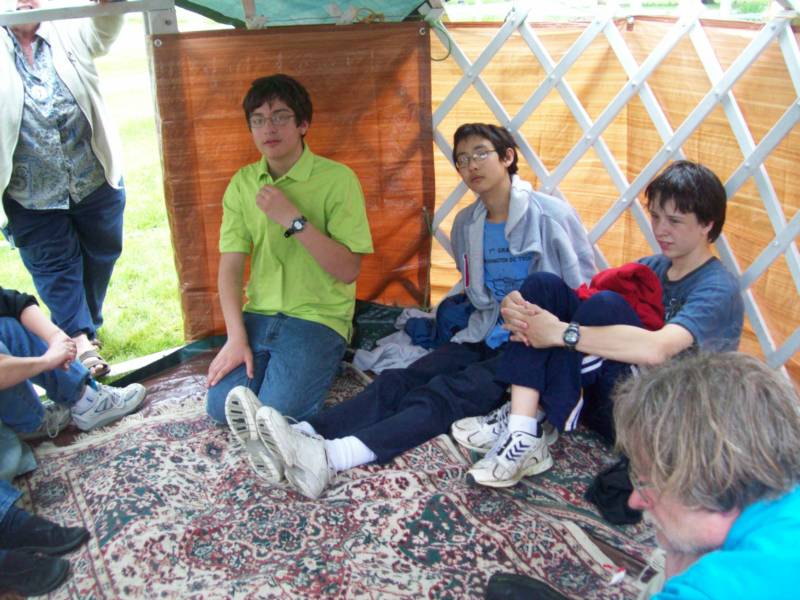News from Buryat Fields
Check news at bottom of page -
Barn Renovation & How to Put up a Ger
Our home was named after our three sons who are Buryats.
Buryats are a Mongolian/Siberian tribe that originate from what is now south-central Russian Siberia - the Republic of Buryatia.
(Republic in the Russian Federation)
1) Buryats are an indigenous people of _______?
2) Worldwide Buryat population = __? (Extra credit - Which US state has the largest percentage of Buryats?)
3) The two biggest Buryat contributions to world culture may be a)______ and b)______?
4) The capital of Buryatia is __(2 words)___? (Extra credit - What does the name mean in English?)
5) The most sacred place for Buryats is __(2 words)___? (Extra credit - Why is it sacred?)
6) What year was the Republic of Buryatia formed?
7) How many Baha'is are there in Buryatia? (Extra credit - Why so many?)
(If you can't find the answers to these questions, contact Suzanne by email.
She gives presentations on Buryat culture - or you can ask one of our children).
*** Description of photos above*** (left to right)
Our sons at Buryat Fields outside Whitewater; Suzanne visiting Baha'i Center at capital in Buryatia;
largest sculpted head of Lenin in the world located in center square of Buryatia's capital;
Ivolginsky Datsan's main temple - Buryatia is the center of Buddhism in Russia.
Pictured below (left) is a rural village I stayed at in current Buryatia (It was a beautifully clear crisp day in October & I rode the brown horse tied in the front since obviously there weren't many other vehicles in town.)
Picture (right) is an antique Russian postcard photo of a Buryat woman in the late 1800s.
Can you pass the Buryat test?
What's new at Buryat Fields...
We're working on a sustainable way to get electric to our two barns which house a studio room, hay storage, sleeping loft and activity area. Running an underground line from our horse barn would cost $3000 - not in the budget. Our current consideration is getting a portable propane generator which we could move from barn to barn as needed to run lights, heater, etc. This type of generator could also be used at the house when the electricity is out there, usually once a year or more. Any other ideas, let us know.
Before and After Renovation Pictures of our Barns
This barn's foundation was shot and housed toxic equipment and carcases of dead dogs & chickens. We patched the leaking tin roof, reinforced walls, foundation and roof, and put in proper ventilation. We also put in windows, doors, and vinyl siding with insulation.
This is a 90 yr. old Gothic roof barn with solid bent wood rafters historically
used to store hay. They are not widespread in the USA but are
common in Wisconsin with its background of dairy farming. It has a cement floor and reinforced foundation, with replaced roof, new windows, doors, siding, and loft area.
We also remodeled another storage barn/corn crib so that it now houses two large horse stalls and tack room with electricity
and water pump. We have 2 1/2 acres fenced for horseback riding and university nature trails are also available for riding.
_________________________________________________________________________________________________________
How to Put up a Ger
1. Unload materials.
A local carpenter friend made the parts for our ger (Buryat house) and we would certainly recommend him to anyone else interested.
2. Organize your building crew.
Our crew consisted of our sons and
three of our 15 year-old's friends. They
had also helped paint the ger parts on an
earlier day. As you can see they are very
excited to get started.
3. Set up the door (khaalga) frame.
Traditionally the door is set to face the
south, the direction of welcome. The slots
along the edge are for sliding in the end
of the walls. The door is staked into the
ground.
4. Measure size of ger.
Our ger was built to extend 10 feet
across. We staked that spot in the ground.
5. Attach wall (khana) to door frame.
Walls are made of wood lattice
connected by bolts which can be pulled
larger like an accordian as needed and
curved to make a round house.
6. Connect walls.
Walls connect to make a round circle with a 10 ft. diameter.
7. Center the roof wheel (toono).
The roof wheel center holds
up the roof poles. It can be left open
to let out smoke or heat, or can be
covered to keep out rain or cold.
8. Put up roof poles.
Poles connect wall to roof wheel. We made our poles to extend beyond the walls so rain
would not run down sides of ger. This made attaching and stabilizing them a little trickier.
9. Cover walls and roof.
Traditionally, a felt cover is used which is water and cold resistant. Unfortunately,
felt covers are expensive and hard to come by around here so we used plastic tent
cover from Menard's.
10. Celebrate your achievement and move in.


